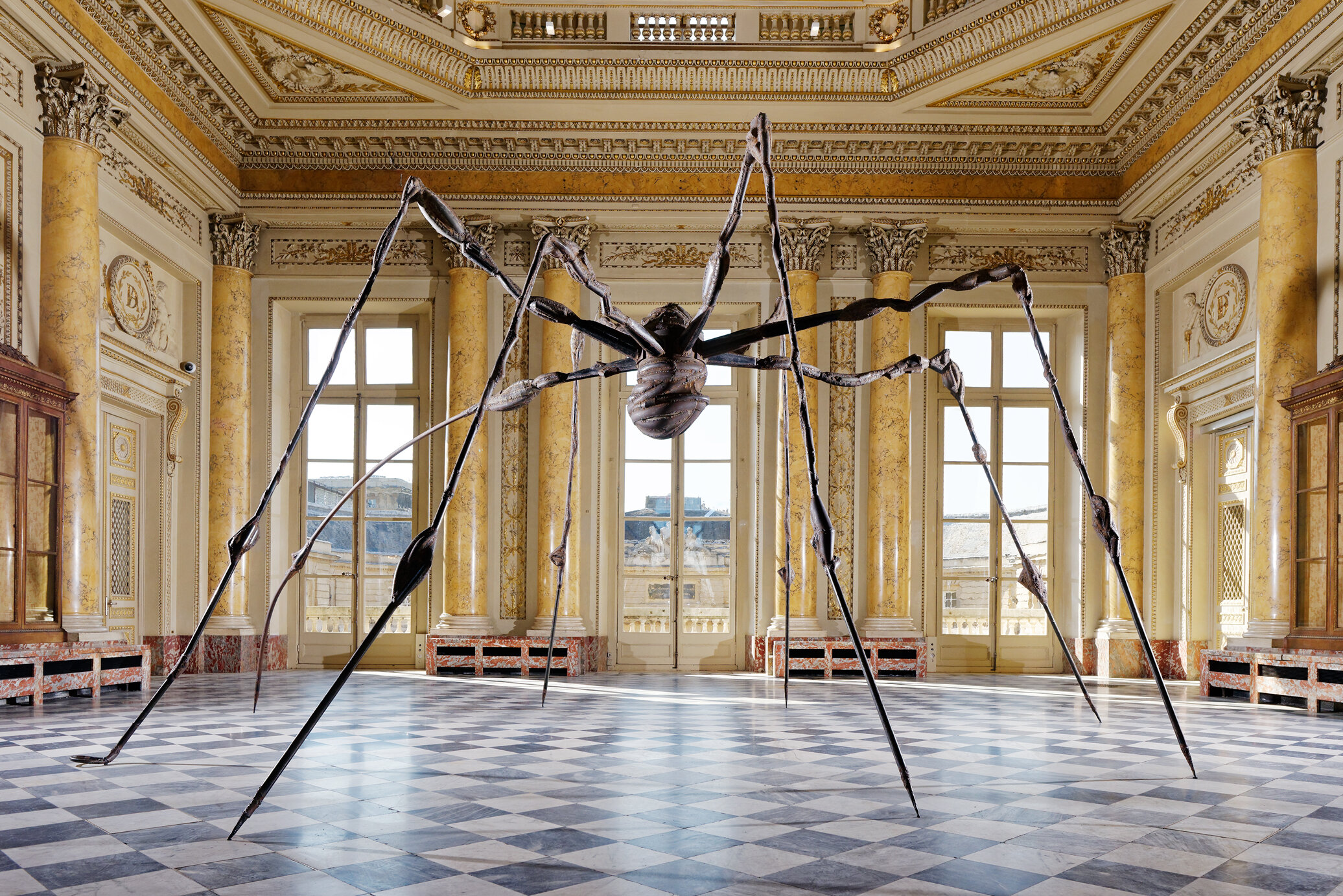Louise Bourgeois - “Petite Maman” - Staff Pick by Hope Ezcurra
One of my favorite artists of the 20th century is Louise Bourgeois. I am hopelessly obsessed with her. She was an incredible figure, milking her own subconscious for her powerful work. Jungian scholars would suggest that it was from our collective unconscious that these shapes emerged; her imagery does suggest being poached from a joint fever dream. I may agree, they are instantly familiar and disturbing.
Bourgeois created art that speaks on three separate yet connected levels: to her own personal identity, to being a woman, and our shared humanity as a whole. The genius of her art is that it operates almost independently on these different levels. While her identity is most definitely interwoven with her femininity and humanity, one can examine the feminine identity she presents in her art with or without the layers of the greater humanity and her personal history and it still makes sense. Art's great power is in its evocative force, its ability to wordlessly express emotions over great distances and the sea of time. Bourgeois not only evokes with her artwork, but transports her viewers into a fugue state. Louise Bourgeois is a feminist icon because of her ability to create imagery that is so true, harrowingly true sometimes, about the female experience, and does it in a way that is engaging and meaningful to people of all gender identities simply based on the fact it is so terrifyingly beautiful and the truth that she speaks in her art is so primal and maternal.
That wasn't always the case with her artwork. I researched her briefly and found in an article by the Guardian that she was a patient of a Freudian psychoanalyst for 30 years. Over a decade of that time she didn't create any art. Based on conjecture, it seems that the psychoanalysis she received hindered her creative process; her masterwork was created after her doctor died, ending her therapy with him. Her brilliant “Petite Maman” spider statue is a product of a subconscious unencumbered. As one stands between its towering legs and looks up at its cage like abdomen, full of shiny eggs, one is full of fear and awe. It is an ode to her mother, a weaver and nurturer, but it also elicits shadows climbing up childhood walls, nightmares, and collective fear of arachnids. Although it is somewhat disturbing, Bourgeois beautifully balances it with grace, elegance, and perfect proportions. “Petite Maman” is at a perfect equilibrium between grotesque and ethereal. Her subconscious was set loose by the ties of traditional psychoanalysis to create this masterwork. I am not trying to imply that modern psychiatry, which definitely has been influenced by Freudian thought, is bad. But in its early inception there was a strong current in it to suppress hysterical women. Her incredible spiders are, to me, works of a 'hysteric woman' and proof that female ‘hysterics' should never be suppressed or silenced.
Citation
Wroe, Nicholas. “At Home with Louise Bourgeois.” The Guardian, Guardian News and Media Limited , 18 Oct.
2013, www.theguardian.com/artanddesign/2013/oct/18/at-home-with-louise-bourgeois.
Bourgeois, Louise. “Petite Maman”. 1999. Bronze. Women House à la Monnaie de Paris, Paris, France.

